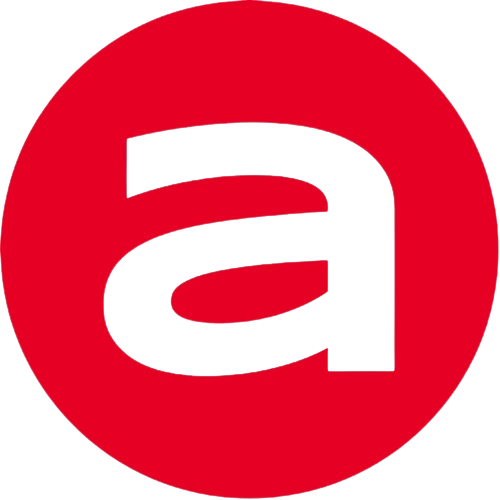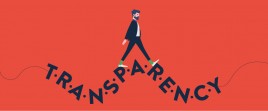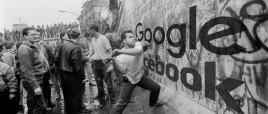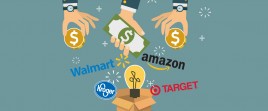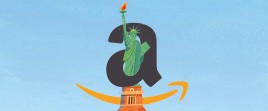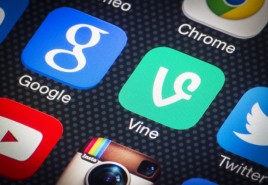The rush to streaming services gives rise to a new crop of digital holding companies - Digiday
On Aug. 2, a trio of longtime digital media executives, including former HuffPost CEO Betsy Morgan and former AwesomenessTV president Brett Bouttier, launched Magnet Companies, a new holding company focused on investing in, buying and building digital media businesses. It’s the latest high-profile digital media venture — after AT&T’s Otter Media, Jeffrey Katzenberg’s WndrCo and Group Nine Media — that has been set up as a holding company.
Magnet Companies, which also counts former Whalerock Industries president Jeff Berman as a principal, is backed by an unnamed multibillion-dollar private equity fund in New York, which has invested a “significant amount of money” into the venture, said Bouttier. The idea is to either find or build digital media businesses that can achieve greater success by working under a holding company structure rather than on their own. This includes the usual “shared services” such as accounting, legal and HR, but also establishes centralized teams for content production and ad sales, Bouttier said.
“When you have a holding company, you have the ability to scale operating expenses that can be costly when you’re still trying to build a new business,” said Bouttier. “And at such an early stage, you generally don’t have access to skilled and experienced executives — and if you do, it creates a lot of expenses that divert money away from things like product, creative and marketing. If we can scale that and offer those types of services, it’s a benefit that can accrete to the companies in our portfolio.”
